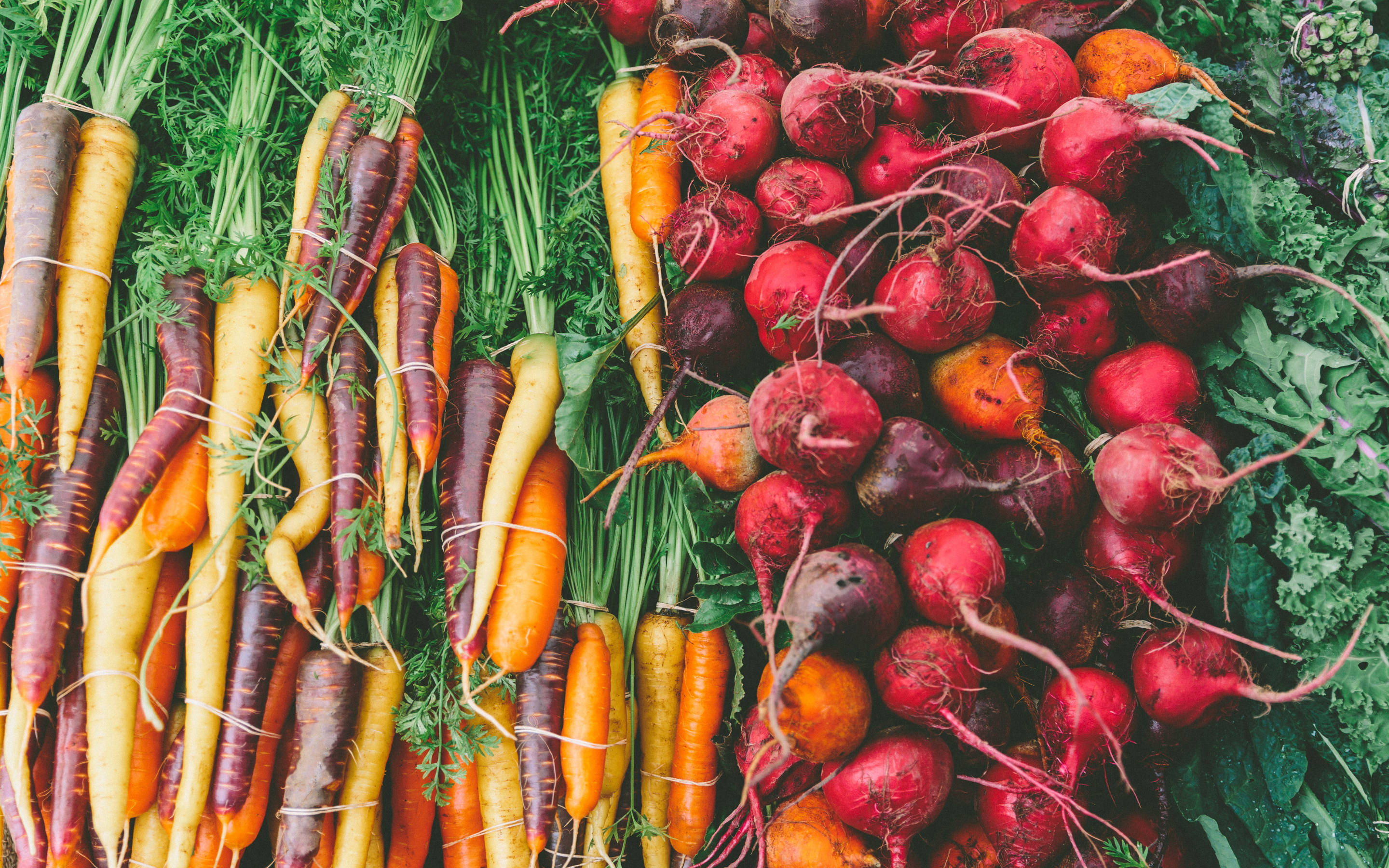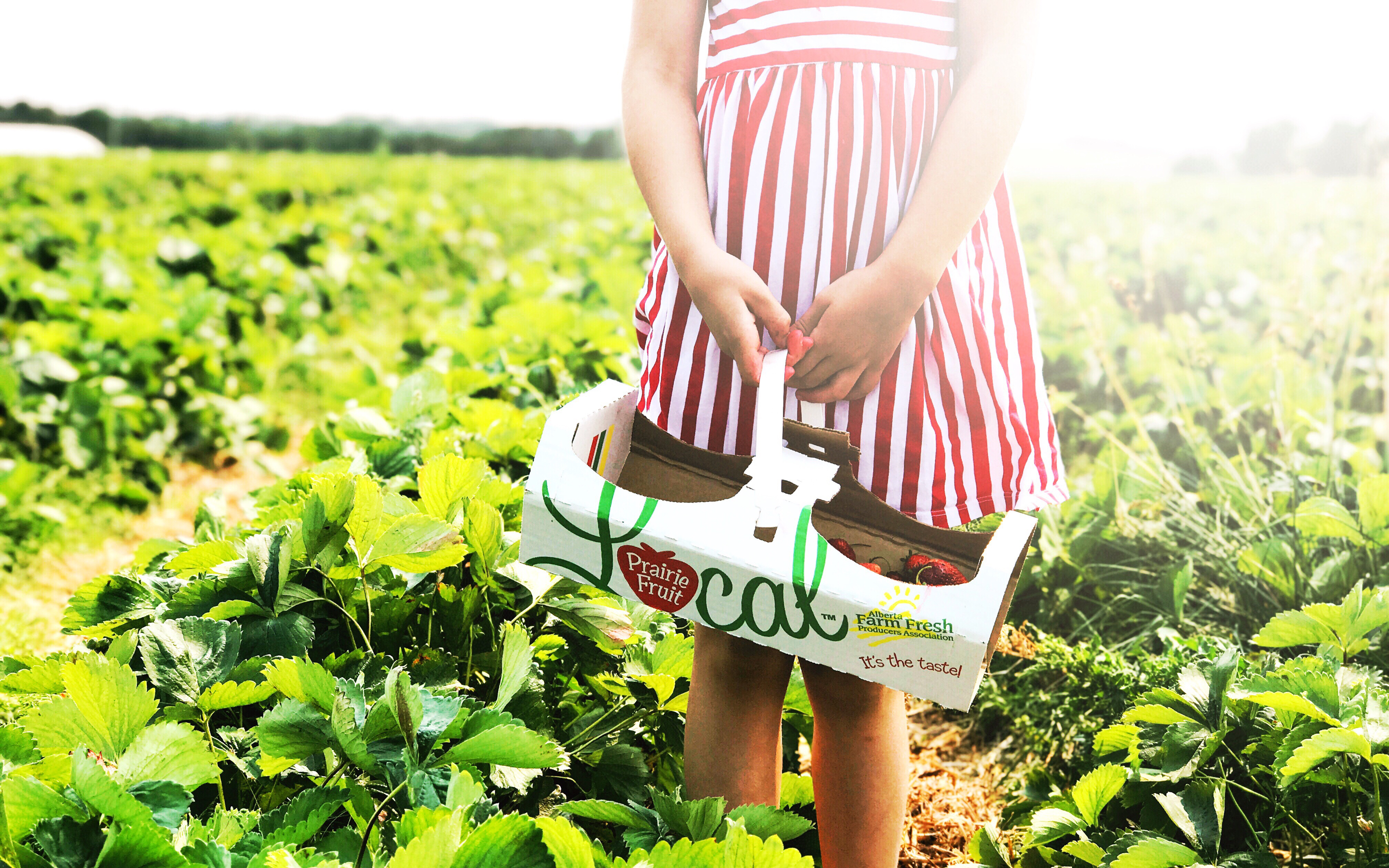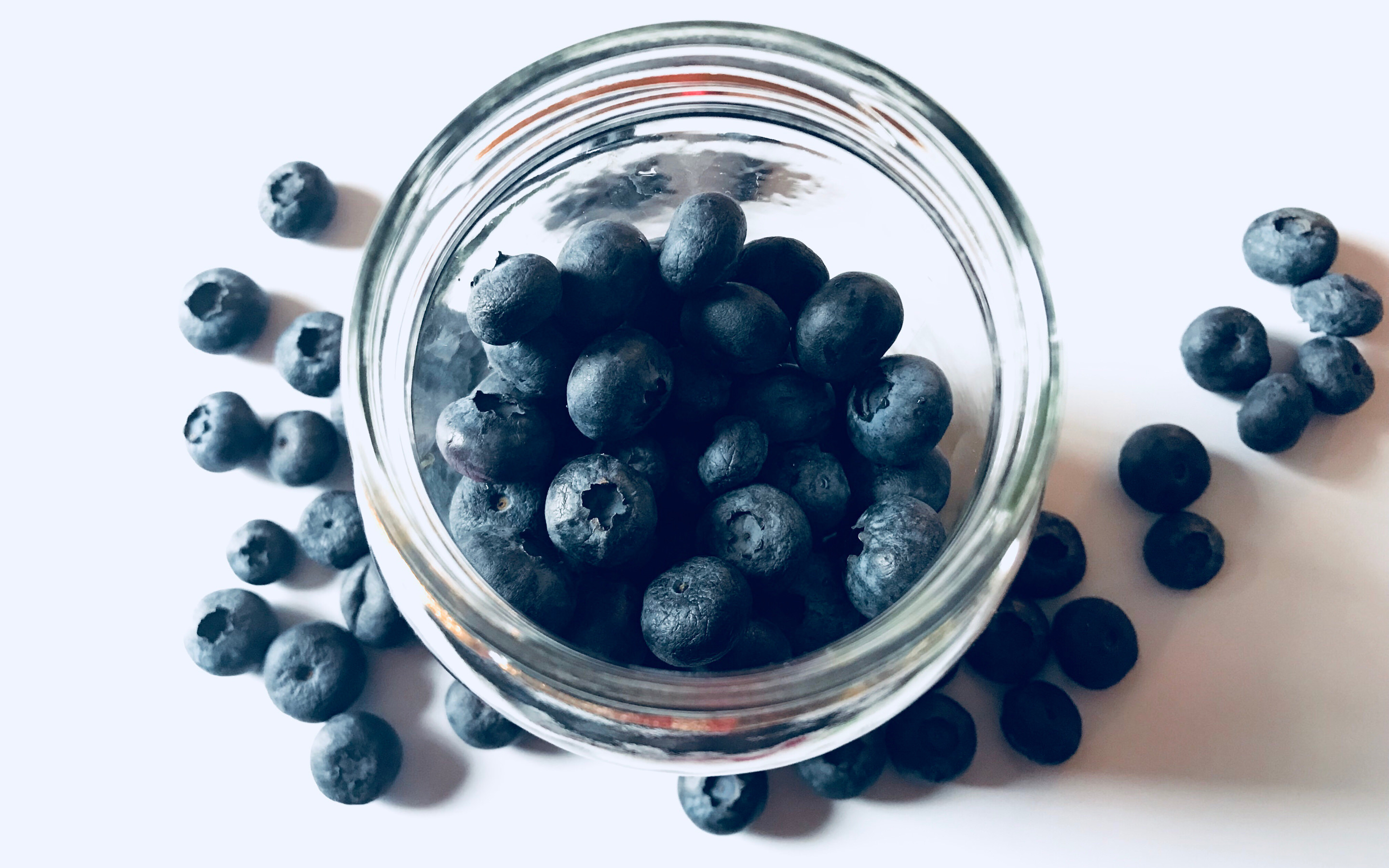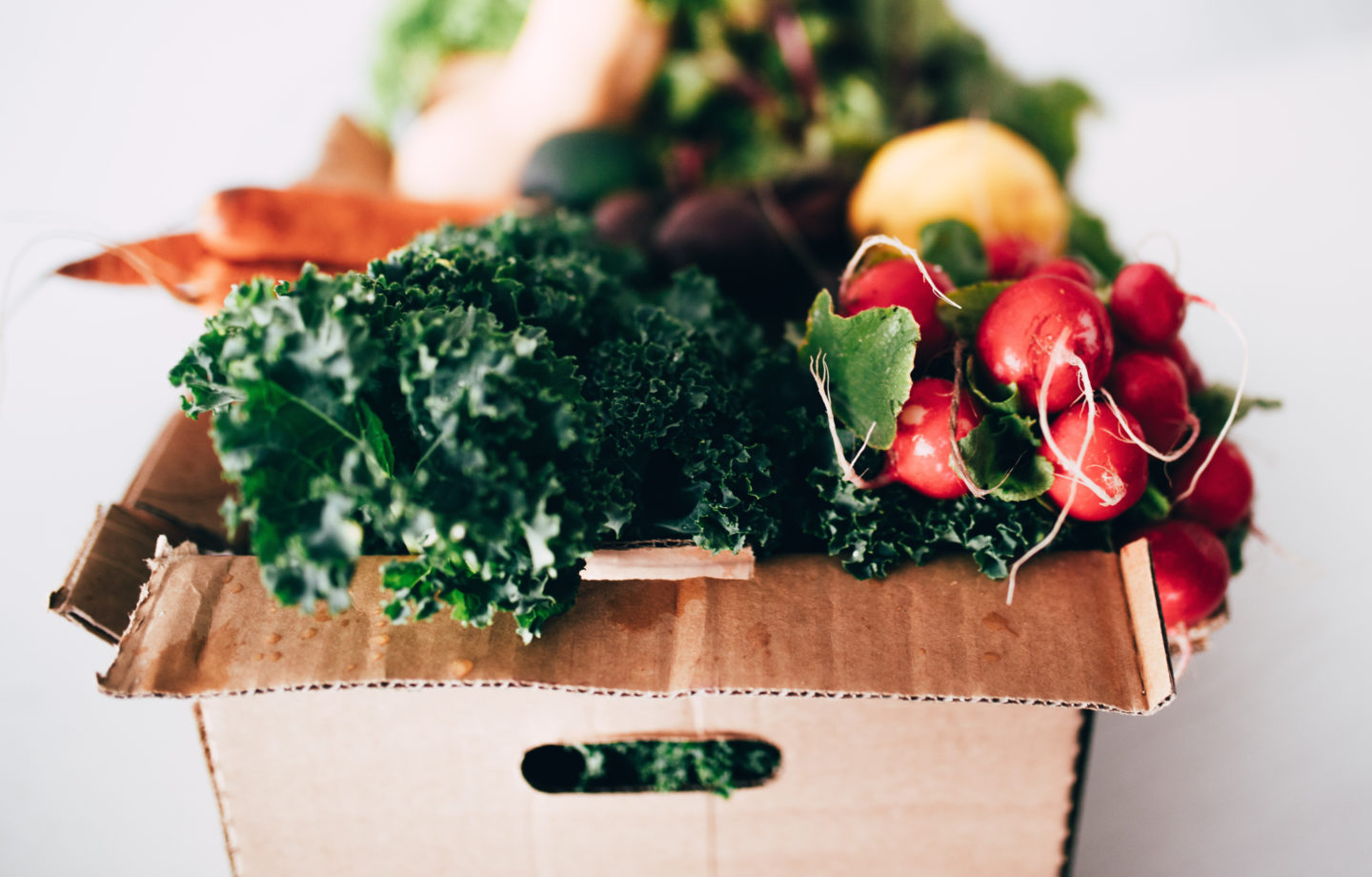Incredibly up to 40% of food in this country goes uneaten. That is over $1 trillion worth of food that is wasted every year in the US alone. Even more staggering is that Do Something estimates one in six Americans struggles with hunger.
WHERE IS ALL THIS FOOD GOING?
Most of that uneaten food ends up rotting in landfills and is the single largest component in our US municipal solid waste. Even worse, it accounts for a large portion of our methane emissions. Let’s not forget about the freshwater, energy, and land that was used to produce the food in the first place. In effect, improving our food waste issues would not only help those Americans that lack the food they need (reducing losses by 15% would feed more than 25 million) but it would also be better for our planet.
What can we do to reduce our own food waste and contribute to a better food system?

What Can you Do?
#1 — SHOP LOCAL
Most communities have a weekly farmer’s market where you can purchase goods directly from local farmers. It is a great way to meet and support your local farmers and purchase seasonal produce, eggs, and meat. Local food has traveled a much shorter distance to you and is fresher and more flavorful. Depending on the climate where you live, yours might only run in the summer months. If your town doesn’t have one, be sure to check neighboring communities. Or get one started! The whole community will benefit from your efforts.
In some areas, farms will allow you to pick your own produce in their fields. Not only is this a great weekend activity with the kids, it’s also a great way to educate them on where our food comes from.

#2 — TRY MISFITS PRODUCE
Misfits Produce is just one of many rescued produce subscription services now distributing otherwise too “ugly’ produce to Americans. What is “ugly” produce? Produce that doesn’t meet certain standards set by the government is often thrown away. These aren’t health and safety standards but are typically related to size, shape, and appearance. Produce can be thrown away if it is too big, funny shaped, or too small. This food never even hits the grocery store shelves.
We like Misfits because they target local, organic producers and actively support farmers’ cooperatives that struggle to make ends meet. The farms they work with also lack the infrastructure to donate the produce so rest assured you’re not taking away from your local food banks. And they also are dedicated to serving and providing affordable produce to all Americans. They deliver to all zip codes in the areas they ship (currently in the Northeast) and typically have produce from the farm to your doorstep in less than four days. You can join the wait list to find out when they expand their delivery to your area.
Their packages start at $19 a box and can be sized for both small and large families.
#3 — SHOP WISELY
Simply put, only buy what you need. And we all know better than to grocery shop when we are hungry! Shop with a list and a purpose. Just as important as buying right is to only cook what you need. Take stock of what’s in your fridge and use food before it goes bad. Try planning out your meals for the week and eat your leftovers. One last consideration before that food goes in the trash is composting. Check to see if there is a service in your area or take up composting yourself. You might be surprised at how easy it is.

#4 — STORE WITH CARE
How you store your food can have a huge impact on its lifespan. Make sure the containers that you use have a tight seal and we always suggest glass over plastic. Your standard mason jars or Weck jars are great options and come in many different shapes and sizes.
If you’re leaving town or notice food that is going to go bad, store it properly and it will not go to waste.
Here are the top 5 foods that we waste:
- Bread – before your bread products (including bagels, rolls, etc.) go bad, slice it, and store it in the freezer. When you are ready to eat a slice, simply grab what you need and throw it in the toaster oven.
- Milk – milk can be the toughest product to save. Buy only what you need and before it goes bad consider using it to make something that will store well in the freezer, like nice cream.
- Potatoes – potatoes should be stored in a dark, cool (45-55º F), dry place, but not in your fridge. They should also be stored in a basket or breathable cotton sack. Before your potatoes go bad, wash them, chop them up, let them dry completely, and put them in a glass container in the freezer. These will be a great compliment to any breakfast, remove them from the freezer and sauteé them in a pan with avocado oil and salt & pepper.
- Cheese – I put my cheese right in the freezer in the packaging it came in. You can also transfer it to a glass container with a better seal. Once I’m ready to eat it I put it back in the fridge the night before to thaw out. Or if it’s shredded cheese and you’re adding it to something that is going in the oven, you add it to the dish in its frozen state.
- Apples – another tricky item to save, apples are tough to preserve in the freezer. You can slice them, freeze them, and throw them in a smoothie or try using them as “ice cubes” in a sangria. We think the best bet is to use them to bake muffins or an apple bread before they go bad. You can then freeze the muffins or bread if you don’t plan to eat it all. You can follow these same guidelines for most any fruit.

How are reducing your food waste? Share your tips with us on social by tagging us @AvocadoMattress and #AvocadoGreenMagazine!

Shop Pillows
The Essential Organic Pillow Collection
Gentle, breathable, non-toxic support.






